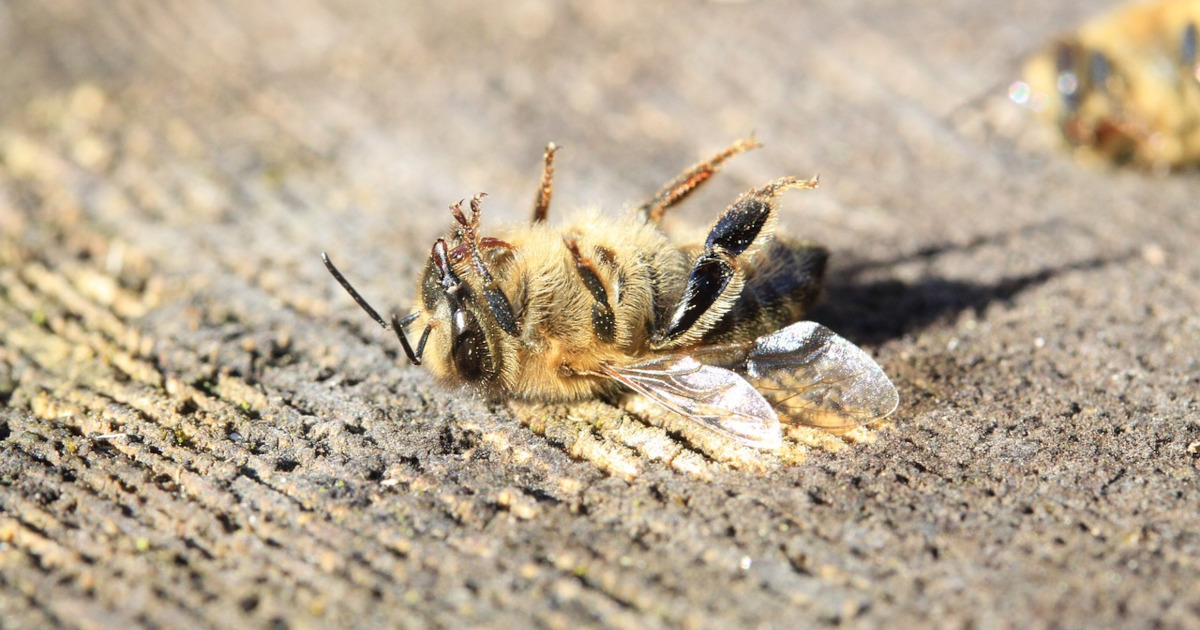
Three Widely Used Pesticides Driving Hundreds of Endangered Species Toward Extinction, According to EPA
Analysis: The chemicals known as neonics are killing bees and other pollinators, polluting waters and ending up in people’s urine.
July 20, 2023 | Source: Investigate Midwest | by Johnathan Hettinger
If Clay Bolt went looking for a rusty patched bumblebee, he would head to a city. The wildlife photographer said his best bet would be Minneapolis or Madison, Wisconsin, in a botanical garden or even someone’s backyard — as long as it was far away from crop fields and neonicotinoid pesticides.
“It’s kind of ironic. Cities have become a refuge for some of these most endangered pollinators,” said Bolt, manager of pollinator conservation for the World Wildlife Fund. “Thousands of acres of monocultural row crops leave little to no room for most pollinators.”
The rusty patched bumblebee has seen populations plummet with the rise of industrial agriculture and was given Endangered Species Act protections in 2017. The species, once broadly distributed throughout the eastern United States, is now largely found in small populations in parts of the Midwest.
Today, the bumblebee is among more than 200 endangered species whose existence is threatened by the nation’s most widely used insecticides (one classification of pesticides), according to a recent analysis by the U.S. Environmental Protection Agency.
